del2les
Well-Known Member
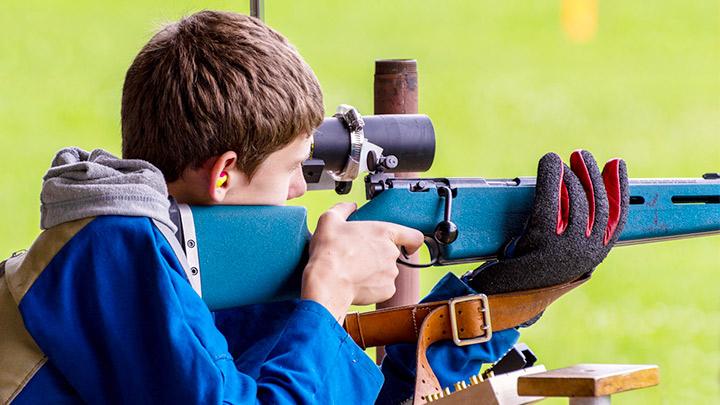
An NRA Shooting Sports Journal | Rifle Trigger Control Tips
Having good trigger technique is critical for good scores in popular rifle shooting disciplines.
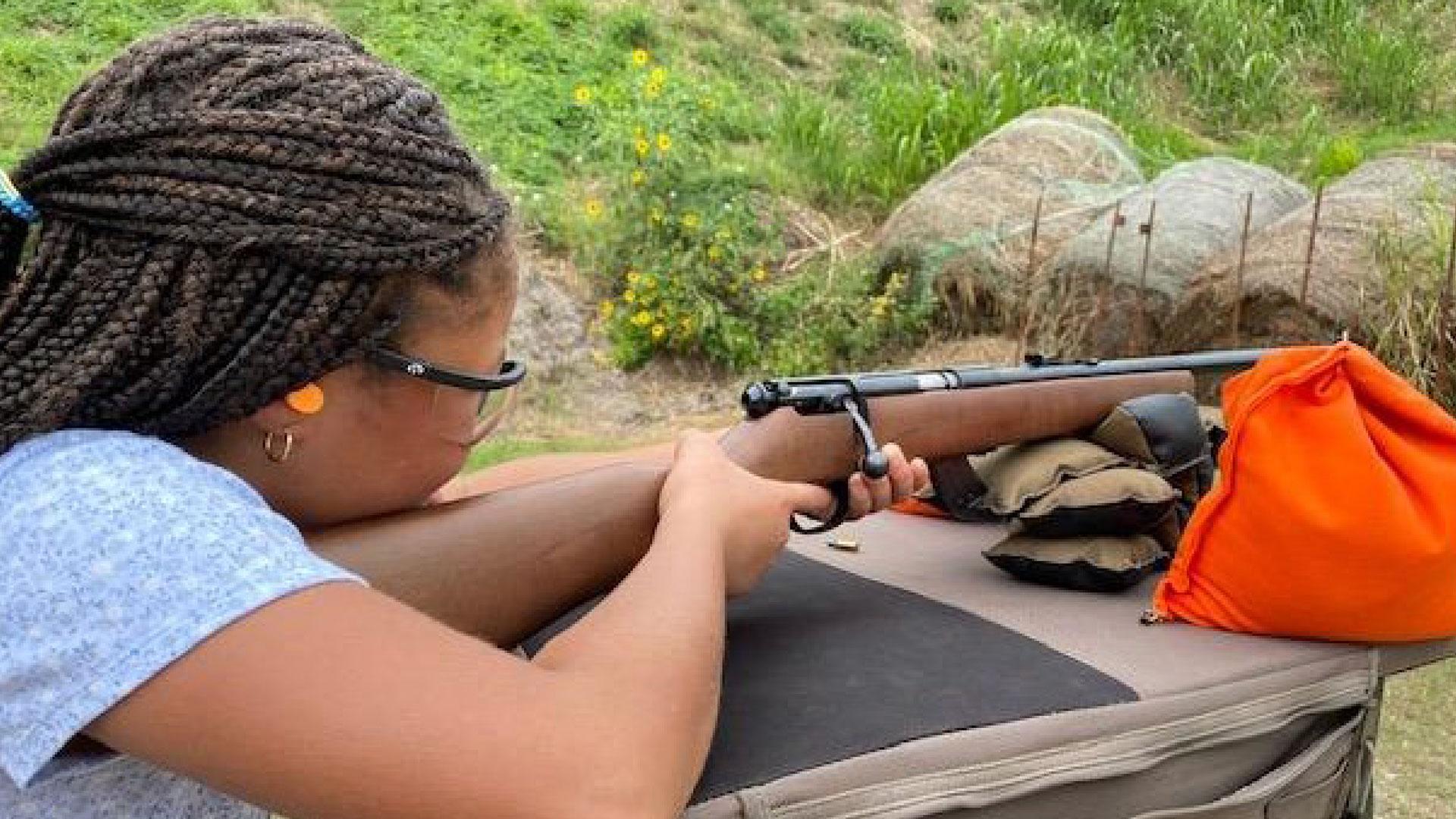
NRA Women | The 5 Fundamentals of Rifle and Pistol Shooting
When you can recognize why your bullet did not hit where you intended, and then identify what you did wrong, you are on your way to becoming a proficient shooter.
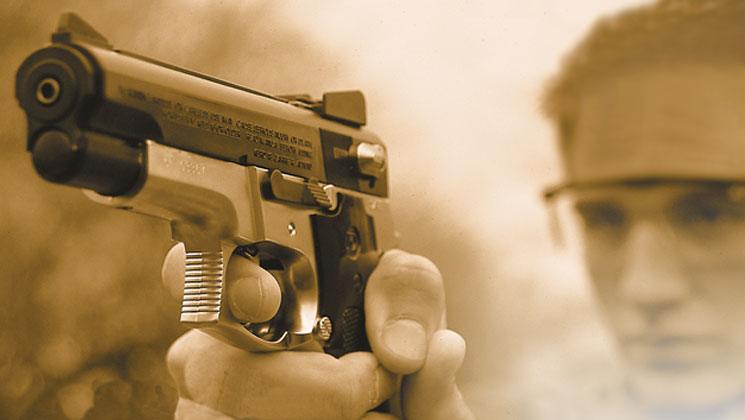
NRA Family | Trigger Control: How to Make Every Shot Count
From tactical to smallbore competition to big game, success depends on trigger control.
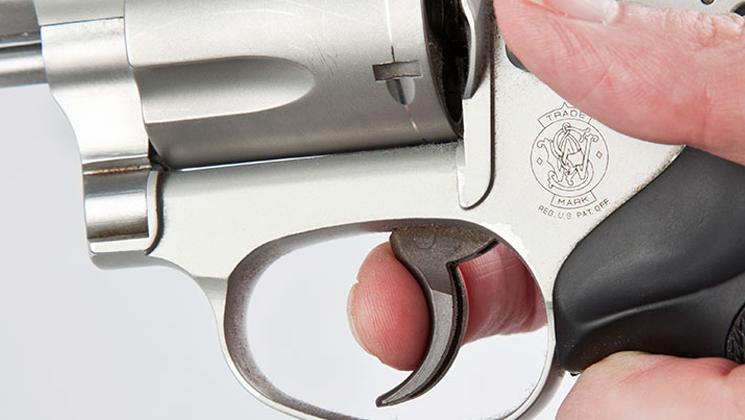
NRA Family | Trigger Control
Here’s the next step in learning how to make your bullets go exactly where you want them to.
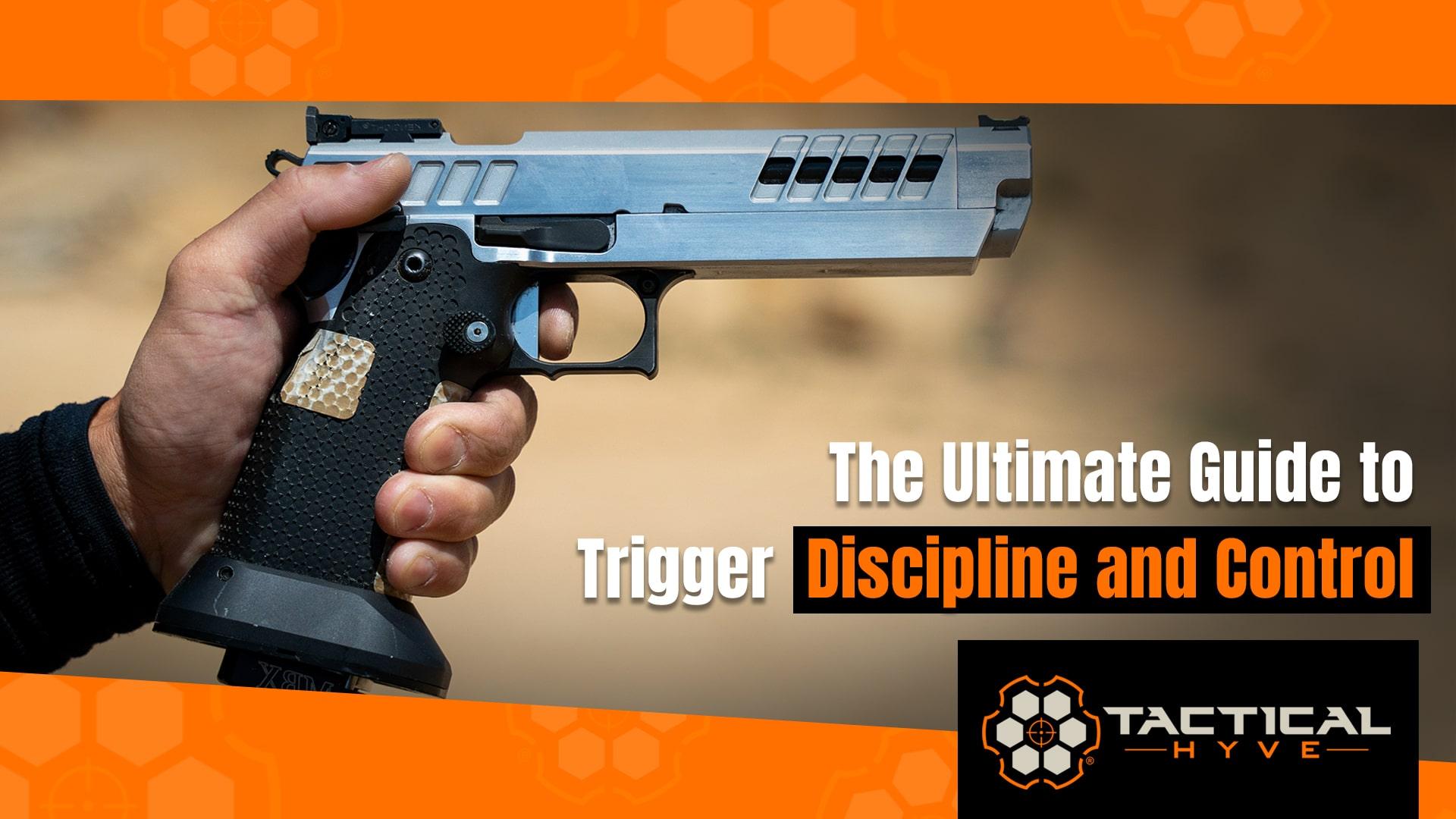
The Ultimate Guide to Trigger Discipline & Trigger Control
Trigger discipline and proper trigger control are crucial in shooting. Learn everything you need to know about them in our ultimate guide.
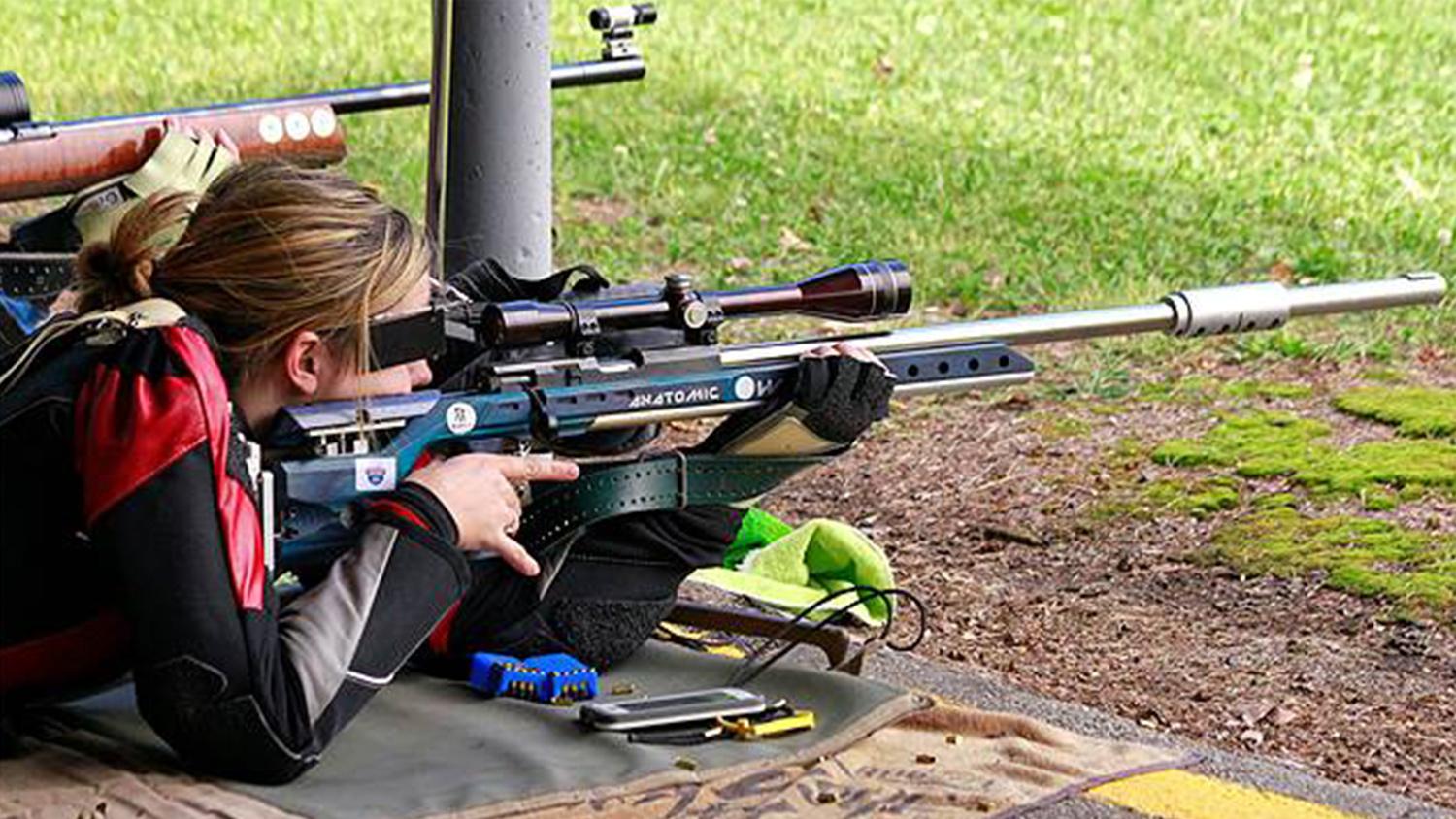
An NRA Shooting Sports Journal | Rifle Fundamentals: Trigger Control
Keeping your rifle steady and controlling the trigger requires a smooth motion, correct hand position and one great hold
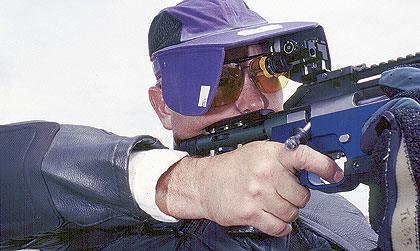
Trigger Control - RifleShooter
Everything else can be correct, but a bad trigger pull can ruin the shot.
Etc, etc, etc.
